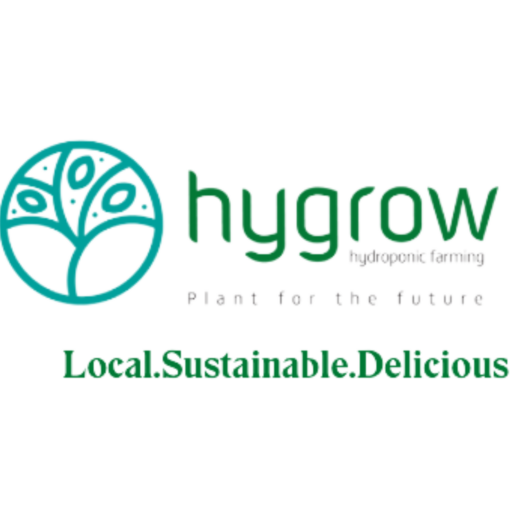
Vertical farming and hydroponic farming are two innovative approaches to agriculture that share similarities but also have distinct differences. Here are the key differences between vertical farming and hydroponic farming:
-
Growing Environment:
-
Vertical Farming: Vertical farming refers to the practice of growing crops in stacked layers or vertically inclined surfaces, often in controlled indoor environments such as warehouses or buildings. It maximizes the use of vertical space.
-
Hydroponic Farming: Hydroponic farming is a method of cultivating plants in a soil-less environment, where plants receive their nutrients from a nutrient-rich water solution. Hydroponic systems can be implemented in various environments, including vertical farms.
-
-
Growing Media:
-
Vertical Farming: Vertical farms can use a variety of growing media, including soil, soilless substrates like coco coir or peat moss, or even hydroponic systems.
-
Hydroponic Farming: Hydroponic farming exclusively relies on nutrient-rich water solutions to deliver essential nutrients directly to the plant roots, eliminating the need for soil.
-
-
Plant Placement:
-
Vertical Farming: In vertical farming, plants are often stacked on shelves or trays, allowing for a three-dimensional arrangement. This maximizes space utilization and makes it ideal for limited space environments.
-
Hydroponic Farming: Hydroponic systems can be horizontal or vertical, but the emphasis is on the nutrient delivery method rather than the arrangement of plants in a vertical manner.
-
-
Lighting:
-
Vertical Farming: Vertical farms rely on artificial lighting, such as LED grow lights, to provide consistent and controlled light levels to all levels of crops. Lighting is a critical component in vertical farming.
-
Hydroponic Farming: Hydroponic systems can be implemented both indoors and outdoors, depending on the specific method used. Indoor hydroponic systems may also use artificial lighting, especially in areas with insufficient natural light.
-
-
Crop Selection:
-
Vertical Farming: Vertical farming is versatile and can accommodate a wide range of crops, including leafy greens, herbs, small fruits, and some root vegetables. The choice of crops depends on the facility’s design and lighting capabilities.
-
Hydroponic Farming: Hydroponic systems are versatile as well and can be used to grow various crops, including tomatoes, cucumbers, peppers, and larger fruiting plants in addition to leafy greens and herbs.
-
-
Resource Efficiency:
-
Vertical Farming: Vertical farming is known for its efficient use of space, but it may require significant energy input for artificial lighting and environmental control systems. It can be resource-efficient in terms of water usage and land use.
-
Hydroponic Farming: Hydroponic systems are generally resource-efficient, as they use water efficiently and can reduce the need for pesticides and fertilizers. However, energy consumption may vary depending on the lighting and climate control methods used.
-
-
Complexity:
-
Vertical Farming: Vertical farming systems can be complex, particularly large-scale commercial operations. They require advanced automation, precise environmental control, and management of multiple growing layers.
-
Hydroponic Farming: Hydroponic systems can vary in complexity, with some simpler systems suitable for home gardening and more complex setups for commercial production.
-
In summary, vertical farming and hydroponic farming are not mutually exclusive; rather, they can be complementary. Vertical farming focuses on the spatial arrangement of crops to maximize space utilization, while hydroponic farming emphasizes the use of nutrient-rich water solutions for plant growth. Both methods offer advantages in terms of resource efficiency, year-round production, and reduced environmental impact, making them valuable components of modern agriculture.
